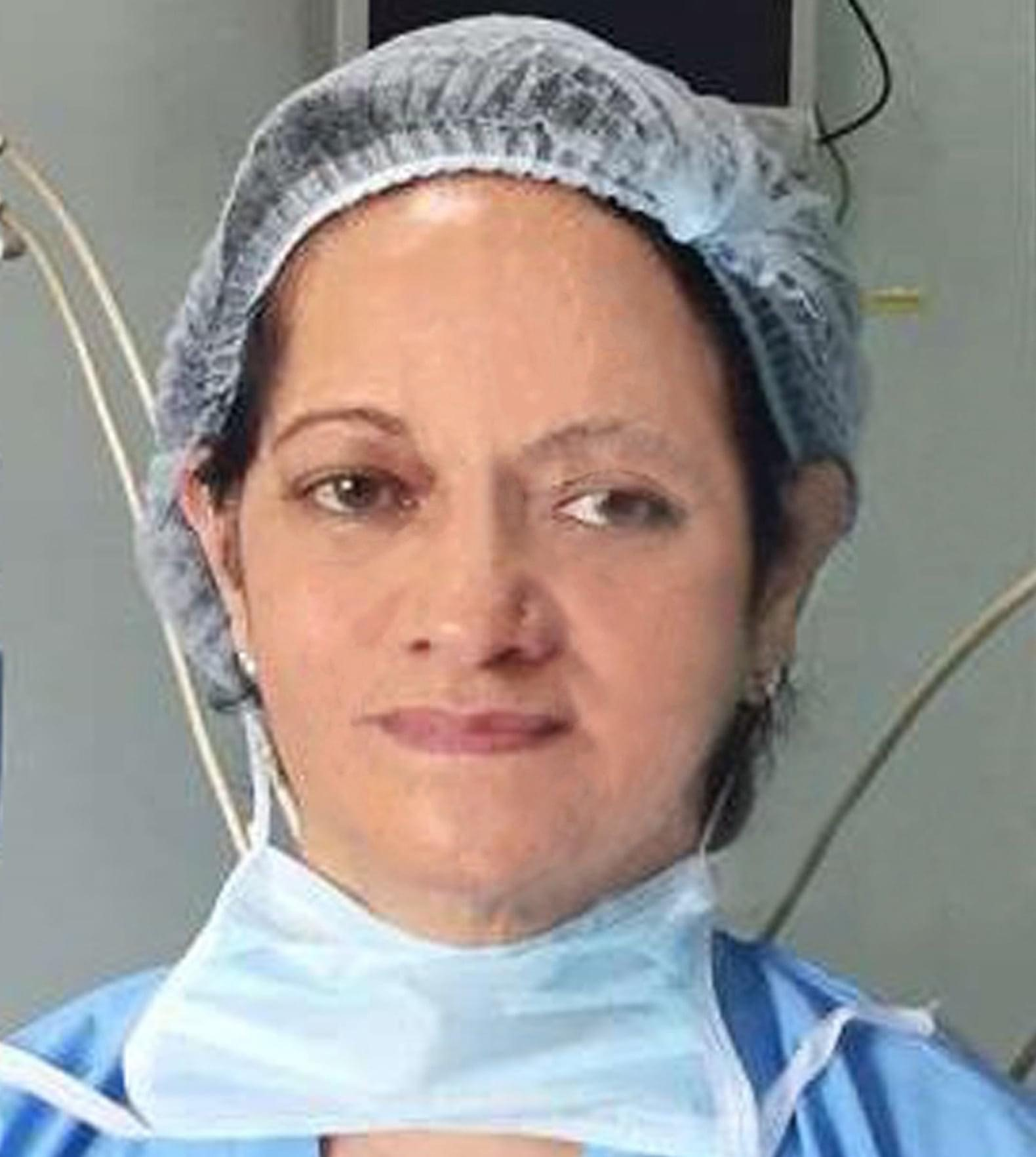Cost of Broken Public Goods

The recent harrowing incident in Navi Mumbai, where a woman, blindly trusting Google Maps, drove her car into an unmarked ditch beneath a bridge, is more than just a cautionary tale for navigation apps. Consider the scene: a modern digital tool, designed to offer unparalleled guidance, leading a user directly into a physical void. The digital map offered no warning, and the physical landscape provided no barricades, no signage, no indication of a road simply ending mid-air. The woman was fortunate to be rescued, but the underlying issue – the dangerous chasm between our digital aspirations and ground realities – underscores a profound systemic failure in the management of crucial public goods.
Public goods – roads, bridges, utilities, schools, hospitals, public spaces – form the essential skeleton of any functioning economy and society. When they are delivered efficiently, complete, and diligently maintained, the benefits compound: children learn in safe classrooms; patients receive timely care; economies hum along on reliable infrastructure. Else, they cease to be assets and instead become liabilities, generating what economists call “deadweight loss.” This is the invisible cost incurred by society when the supply and demand for goods and services are out of equilibrium. In India’s context, it manifests as a catastrophic imbalance between the promise of connectivity, healthcare, or education and the peril of actual access.
The Human Face of Economic Abstraction: Lives Lost in the Void
The Navi Mumbai incident mirrors a Bareilly tragedy: unfinished bridges, washed-out roads, and outdated maps becoming fatal traps. Three lives were lost in Bareilly, highlighting how persistent physical dangers, unmitigated by barricades or digital warnings, cause real harm. This tragedy underscores a larger problem: wasted public resources and unbuilt infrastructure – often called “deadweight loss” – aren’t just economic abstractions. They cost lives, erode trust, and lock poor regions into poverty. A recent analysis by the World Bank notes that abandoned projects in developing countries create “significant waste of public resources with high opportunity costs”. In one study of Peru’s sewer system, each unfinished project increased under 5 child mortality by 6%. In other words, in India’s case, every rupee sunk into an abandoned bridge or a non-functional hospital wing is a rupee not spent on nutrition, preventive healthcare, or quality education – a direct, hidden tax on the poorest.
The Mirage of Expansion: Hollow Investments in Human Capital
Even ambitious expansion programs can become generators of deadweight loss when execution and sustainability are neglected. Telangana’s ambitious pledge to establish a government medical college in every district – adding 29 new colleges since 2016 – is laudable in intent. Yet, the reality shows a system gasping: over 50% faculty vacancies, overcrowded halls, and cadaver shortages mean students learn in shadows. Junior doctors teach due to missing professors. Millions invested fail to yield quality education. Here, deadweight loss multiplies: capital in bricks and mortar brings no educational returns, graduates are underprepared, and rural patients still trek far for treatment. Neglected follow-through voids initial good intent.
Paralysis in Progress: The Never-Ending School
The saga of a dilapidated elementary school in Coimbatore exemplifies the grinding paralysis afflicting public goods. Three years ago, in 2022, Rs 52 lakh was sanctioned for a new building. Children were displaced, shunted to temple grounds and half-constructed classrooms. Now, two academic years have commenced amidst incomplete walls, exposed to dust, rain, and the profound indignity of an unfinished learning environment. The grant money has likely been spent, ticking bureaucratic boxes. Yet, the intended outcome – quality education – has deteriorated. Attendance suffers, learning levels drop, and community trust evaporates. The chasm between the financial input and the vanishing social return is deadweight loss etched in the weary faces of students and teachers.
The Vicious Cycle: Why Broken Projects Persist
Why does this happen? Broken projects persist due to a self-reinforcing loop. Siloed implementation means departments work in isolation; the Navi Mumbai bridge lacked coordinated updates despite multiple agencies involved. Accountability gaps arise when blame targets individuals, ignoring systemic issues like budget rules or planning lapses, preventing true overhauls. Data and information deficits leave India’s infrastructure without real-time feeds, unlike places like Singapore, so navigation apps trail reality. Finally, misaligned funding ties budgets to inputs (bricks) not usable outcomes (services), leading to incomplete projects like colleges without hostels. Without shifting accountability to results, waste continues.
Activating Public Assets: Overcoming Deadweight Loss
Reversing this colossal drain on national resources and human potential demands treating public projects as interconnected systems, not isolated line items. Possible systematic reforms include:
Outcome Based Contracts: Tie contractor payments and official promotions to measurable metrics: bridge sections completed per month, ICU uptime, classroom occupancy rates.
Community Oversight: Empower local bodies and citizen groups to monitor progress, demand transparency in procurement, and report delays in real time via mobile platforms.
Continuous Maintenance Funds: Budget not just for construction but for upkeep, with ring fenced funds and vendor guarantees for critical systems like AC, plumbing and electrical.
Independent Audits with Teeth: Mandate regular third party performance audits whose findings trigger automatic corrective actions or financial penalties.
Capacity Building: Invest in training for local administrators in project management, contract enforcement and community engagement.
Public goods are the public’s birthright, especially in regions where private alternatives are scarce. Every stalled bridge, broken ICU or half-finished school is not just an engineering or administrative failure—it is a moral failure that inflicts preventable suffering. By recognizing and actively combating the deadweight loss in our public investments, we can ensure that the buildings we erect and the services we tout actually serve the people who need them most. For in the end, good governance is not measured by budgets approved or ground breakings celebrated, but by lives saved, children educated and families lifted out of poverty.
In short, every rupee poured into a dead-end project is a lost rupee for food, education, or growing businesses – a hidden tax on the poor.
Disclaimer
Views expressed above are the author’s own.
END OF ARTICLE




